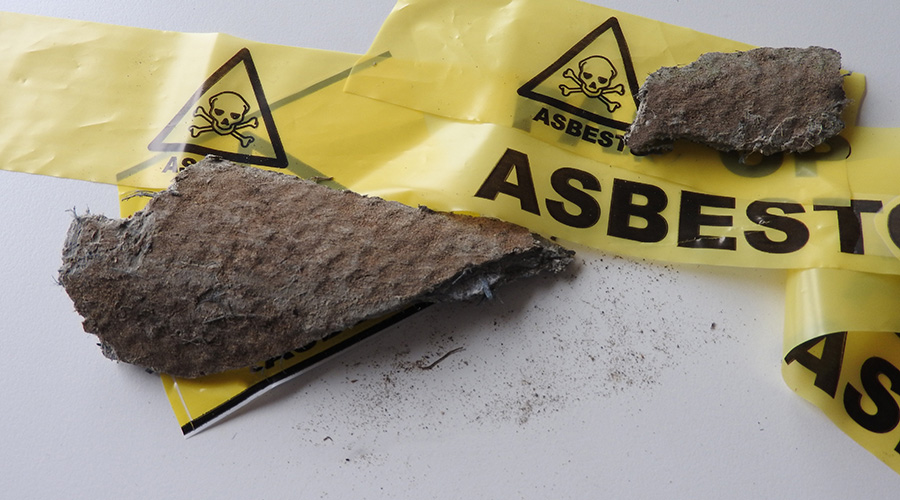Facility Resilience: How to Reap Investment Rewards
Facilities managers must hone their justification arguments for investment in resilience for facilities.
Common sense says that constructing more resilient buildings will reduce the costs of disasters for building owners and tenants. But common sense is often not a strong enough argument to justify spending money on an admittedly worthwhile goal.
Now, the National Institute of Building Sciences (NIBS) has released a study that examines the costs and benefits of hazard mitigation. Researchers looked at that question in four different ways. In every case, the benefits to society far outweighed the costs.
For example, adopting the 2018 model codes reduced losses by $11 for every $1 spent. Exceeding code saved $4 for each $1 invested in mitigation. And grants from the Federal Emergency Management Agency saved $6 for every $1 spent.
The results of that rigorous report are important news. But the NIBS report also shows that the rewards of investing in resilience aren’t shared equally.
The report examined five types of natural hazards: winds from hurricanes, floods from hurricane surge and from rivers, earthquakes, and fires at the wildland-urban interface. It also looked at benefits and costs for five distinct groups of stakeholders: lenders, communities, title holders (the owners of existing buildings), tenants, and developers.
Not surprisingly, the cost-benefit ratios for mitigation measures varied both by hazard and by group. What’s striking is that, as a group, tenants reap far larger benefits than developers. That’s because tenants reduce losses where developers don’t by avoiding business interruption and casualties — two categories that account for large losses.
In fact, in almost every category of hazard, tenants enjoy the highest ratio of benefits to costs, while developers generally have the lowest ratio. (Owners that occupy their buildings reap rewards similar to tenants.)
The rewards gap suggests that owners aren’t reaping their fair share of the benefits of investments in resilience. And that could make those investments harder for developers to justify.
If that’s the case, it may be up to tenants to show the economic value of resilience by voting with their leases. If tenants demand resilient spaces, and are willing to pay a reasonable premium for the benefits they receive, developers would have more reason to invest in resilience than they seem to have today.
Tell me what you think at myfacilitiesnet.com/edsullivan
Related Topics:












